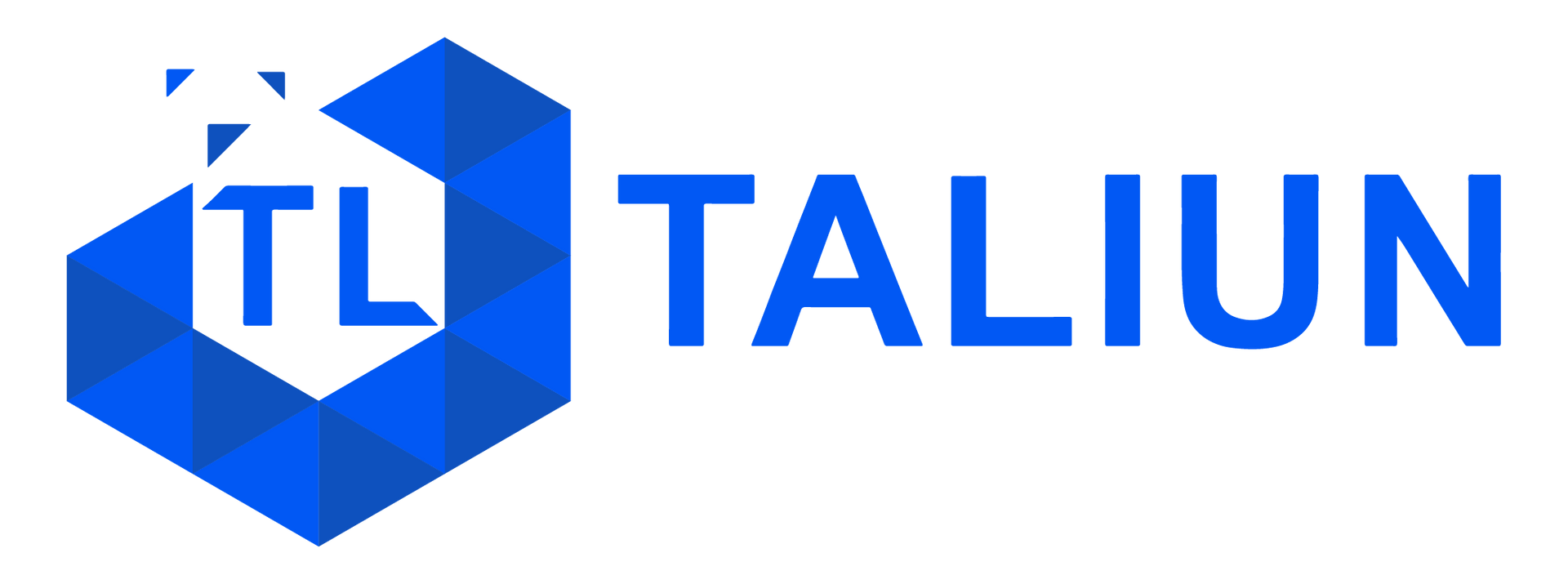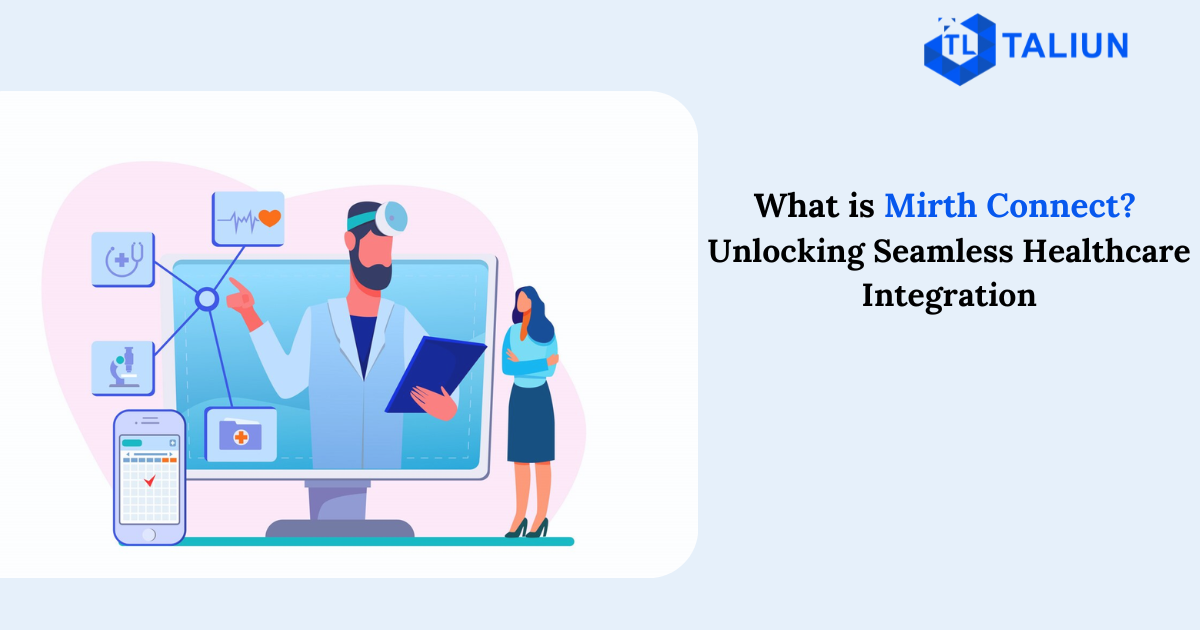Conduct Clinical Suspecting to Capture Hierarchical Condition Category (HCCs)

As risk-bearing arrangements like Medicare Advantage and ACO REACH grow, the need for accurate Hierarchical Condition Category (HCC) capture has never been more critical. Healthcare organizations rely on these codes to reflect the true clinical complexity of their patient populations, ensuring appropriate reimbursement and risk scoring. Clinical suspecting, a proactive process of identifying likely but undocumented conditions plays a key role in closing these documentation gaps.
At Taliun, we empower provider organizations, ACOs, and payers to conduct clinical suspecting at scale. By combining structured and unstructured data from across systems, Taliun’s platform uncovers patterns and opportunities to capture HCCs that may otherwise go unreported.
Why Clinical Suspecting is Essential
Clinical suspecting is not just about boosting RAF scores. It’s about understanding the complete health picture of each patient. Incomplete documentation can lead to missed care opportunities, suboptimal reimbursement, and exposure to compliance risk. Chronic conditions such as COPD, diabetes with complications, and congestive heart failure are often under-coded due to lack of follow-up, insufficient EHR data, or documentation that exists only in free-text notes.
Clinical suspecting addresses these challenges by:
- Proactively identifying conditions that may be present but undocumented
- Supporting better care coordination by highlighting risks earlier
- Ensuring financial sustainability in value-based payment arrangements
- Reducing post-audit risk by improving documentation integrity upfront
Taliun’s Platform: A Smarter Way to Suspect
Our platform supports every stage of the clinical suspecting workflow, powered by data intelligence and seamless system integration:
1. Comprehensive Data Aggregation
We pull together data from multiple sources—claims, EHRs, labs, HIEs, and social determinants of health (SDoH)—to build a longitudinal patient profile.
2. Predictive Clinical Models
Taliun uses historical data patterns and AI modeling to flag conditions commonly found in similar patient cohorts. For example, if a patient has insulin prescriptions and a neuropathy diagnosis but no documented diabetes with complications, the system highlights this as a suspect HCC.
3. Natural Language Processing (NLP)
Structured data isn’t enough. Our NLP engine scans provider notes, discharge summaries, and consults to identify language that supports the presence of HCCs—such as symptoms, observations, or test results that haven’t yet triggered a coded diagnosis.
4. Suspect Lists and Work Queues
Taliun delivers worklists of high-likelihood suspect conditions directly to providers or CDI/coding teams. These lists are prioritized by impact, confidence score, and condition severity, helping your team focus on what matters most.
5. Closed-Loop Monitoring and Feedback
Every reviewed suspect, whether confirmed, ruled out, or pending feeds back into our learning system. This continuous loop makes our models more accurate over time and reduces false positives.
A Real-World Workflow
Here’s how clinical suspecting plays out in practice with Taliun:
- Step 1: Data Connection
Integrate Taliun with your EHR, claims feeds, and other data sources. - Step 2: Suspecting Logic Deployed
Run advanced algorithms and NLP across the patient population to detect suspect HCCs. - Step 3: Worklists Sent to Teams
Deliver actionable insights to providers and coders through secure dashboards or embedded EHR modules. - Step 4: Documentation Reviewed & Coded
Teams confirm or rule out suspects, triggering appropriate follow-up visits or coding corrections. - Step 5: Continuous Learning
Model accuracy improves as new results are validated by clinical teams.
Results You Can Expect
Organizations using Taliun’s clinical suspecting solution report:
- 10–30% uplift in HCC capture
- Reduction in retrospective coding efforts
- Improved CDI team productivity
- More accurate RAF scores with less administrative burden
- Enhanced readiness for audits and risk adjustment submissions
Why Taliun?
We know that clinical suspecting requires more than smart algorithms, it requires trust, data interoperability, and workflow precision.
We work with provider organizations of all sizes to implement a clinical suspecting solution that’s:
- Customizable to your data environment
- Secure and fully HIPAA-compliant
- Actionable for both providers and back-office teams




